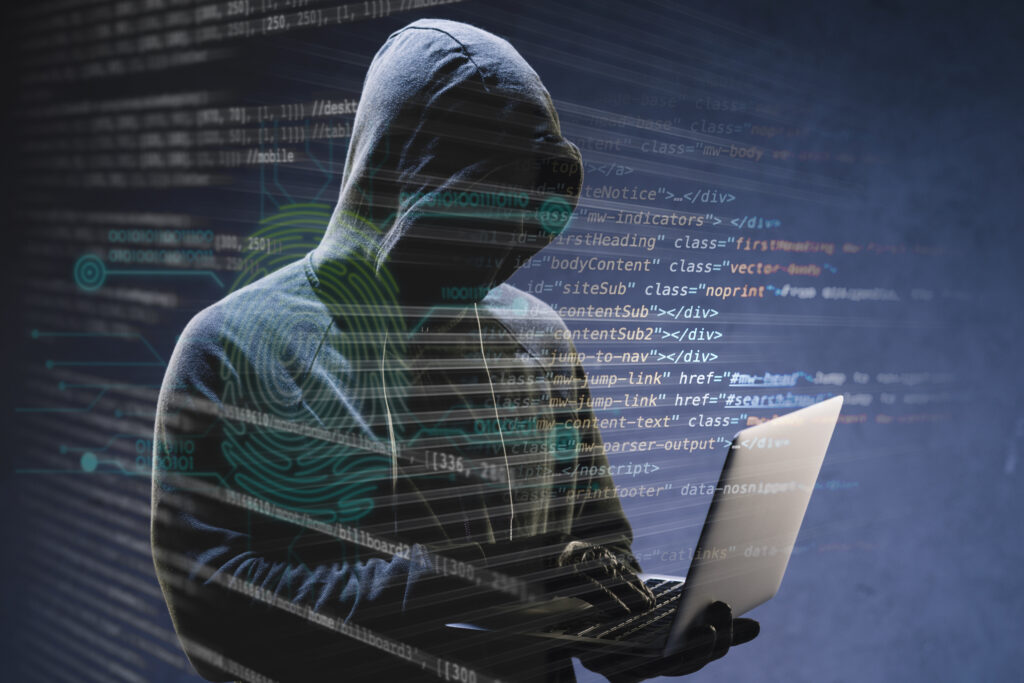Covid-19 pandemic has prompted everyone to embrace advanced networking technologies, which have resulted in efficient and enhanced learning experiences. However, this increased adoption of technology has also brought about new and heightened risks and challenges that need to be addressed, such as keeping students safe online with the help of cybersecurity.
The widespread use of digital devices and online education platforms is responsible for cyber threats among students such as data breaches, identity theft, and unauthorized access to sensitive information.
Away from the bounds of the internet, the danger of unsecured surroundings for the young ones is also lurking around in the environment.
According to the National Education Association, firearms have emerged as the leading cause of death among children in the United States. In the year 2020, nearly 4300 students died due to gun-related incidents.
Importance of safety in schools should be the utmost priority in educational institutions. Schools strive to create an atmosphere where students can learn and grow without fear of harm. To achieve this, there are some measures that should be taken in order to provide a safe and secure environment for students where they can learn and achieve success academically.
Cyberattacks Rising in a Worrisome Manner
The U.S. Cybersecurity and Infrastructure Security Agency (CISA) released a report, “Protecting our Future: Partnering to Safeguard K-12 Organizations from Cybersecurity Threats”. This report communicates the harmful cybersecurity challenge that most of the schools in the USA are facing right now.
The K-12 Cyber Incident Map notes the cybersecurity problems across K-12 schools in the USA from 2016 to 2022. The cyber incidents that this map reports includes:
- Phishing attacks, which lead to the disclosure of personal data.
- Unauthorized breaches and hacks
- Ransomware attacks
According to the report in The Record, the month of May 2023 witnessed a surge in the number of victims listed on ransomware extortion sites. A total of 414 entities, including healthcare institutions, local governments, and school districts, fell victim to these cyberattacks.
May 2023 has the highest number of cyberattack victims. Source
Factors Responsible for Cyber Threats
- Inadequate infrastructure
Inadequate infrastructure can indeed lead to cyberattacks. Here, the infrastructure refers to the underlying systems, networks, and technologies that support the schools digitally.
Inadequate infrastructure includes weak network security such as encrypted protocols, firewalls, and intrusion detection systems. This makes it easier for attackers to exploit schools’ systems and gain unauthorized access to the networks.
- Limited budget
Another factor responsible for cyberattacks is a lack of investment in cybersecurity resources such as advanced security systems, skilled personnel, and training programs.
Limited funding may stop schools from regularly updating their outdated systems. Moreover, having a smaller budget means having limited personnel in the IT department or a complete absence of the IT department and taking help from external factors.
Also Read: Why the Education Expenses are Rising and How to Deal with it?
- Lack of awareness
Nowadays, cell phones and personal computers are so common. Almost every student owns a cell phone, and it has become an important part of their lives. However, they still don’t know the importance of cybersecurity or the potential dangers of life on the internet.
It is crucial to explain the potential dangers regarding cyberbullying and phishing to students
The lack of awareness about cybersecurity in schools is indeed a significant concern. It is important to educate students and educators about the importance of cybersecurity and teach them the necessary precautions and knowledge to protect themselves and others from phishing, cyberbullying, cyber threats, and their dangerous impacts.
Measures to Avoid Cyberattacks
- Regular software updates
It is crucial to regularly update software in schools in order to maintain strong cybersecurity. Software updates include fixing bugs, downloading antivirus software, and updating operating systems as well as browsers.
Maintaining up-to-date software is essential to ensuring cyber security in schools premises
Educating teachers, staff, and students about software updates can also bring a lot of safety. Teach them how to install updates on their personal computers and report every suspicious activity to the IT department.
- Strong authentication protocols
The September 2022 cyberattack report came into the limelight in February 2023 when the health records of nearly 2000 students from a Los Angeles school were uploaded to the dark web.
Tons of information regarding special students’ mental health reports, their progress,and medical histories all got hacked.
Implementing strong authentication protocols is essential for schools, as it is for Student Welfare as well as teachers. Schools can use Multi-Factor Authentication, which requires users to use at least 2 authentication protocols. Normally, MFA includes a combination of something that only users know and can do, such as passwords, fingerprints, facial recognition, smart cards, etc.
Additionally, schools can also use account lockout policies, in which a user’s account gets locked after a certain number of attempts.
- Secure networks
In order to have a secured network on the school premises, divide the school network into different virtual local area networks (VLANs). This will limit the movements of attackers within the network.
Implement Intrusion Detection and Prevention Systems (IDPS), which will detect malicious activities within the network and alert administrators about upcoming attacks. Lastly, regular check-ups of the network are necessary to address security issues promptly.
Physical Safety in Schools
Inside the walls of a school where learners seek knowledge, physical security and safety play an important role as a guardian. Physical security is important in schools as it ensures the safety and well-being of students, teachers, and staff and makes them feel protected at all times.
Protecting Students inside the School Premises Should Be a Priority Task
Schools need to make sure to protect students from intruders and violence and provide a rapid response to emergencies such as earthquakes, fire hazards, etc. Schools should prioritize the safety of everyone to foster a conducive learning environment .
Rising Gun Violence in US Schools
How can we all forget about the tragic school shooting in Uvalde, Texas, where 19 children and 2 teachers lost their lives?
An increasing number of Americans are expressing their concerns regarding gun violence and the safety of their children in schools, which are said to be the safest place for a child.
Source: Home of the Marist Poll
According to the above graph, the perception of Americans regarding the safety of students in schools has drastically changed. 57% of Americans are confident about the safety of schools, compared to 65% in February 2019.
On the other hand, the percentage of those who believe that schools are not safe and secure from gun violence has increased to 40%, compared to 30% previously.
Measures to Provide a Safe Environment for Students
- Controlled access to the school premises
Implementing limited accessibility control systems can regulate who can enter the school premises, which in turn ensures that only authorized individuals can access and enter the building.
This will help prevent individuals, such as potential intruders or malicious attackers, from entering the school premises unnoticed.
- Emergency drill practice
The purpose of any kind of drill practice is to make sure that all the students, as well as teachers and staff, have the knowledge of how to protect themselves in emergency situations.
Teacher assisting students about the emergency procedures and how to deal with them
Types of Emergency Drill Practices
- Lockdown Drill : This drill is practiced in the event of a malicious intruder. Teachers gather all the students and lock themselves and the children into classrooms. They switch off the lights, and everyone stays away from the doors and windows.
- Fire Drill: In case of a fire hazard, teachers evacuate the students out of the building as soon as possible. After leaving the school premises, attendance is taken at the gathering point.
- Earthquake Drill: In case of an earthquake, students should take shelter under their desks and hold on to some solid and sturdy objects. It is important to stay away from windows and heavy bookshelves that could fall.
- Providing a safe environment for every student
Every student must feel secure and safe in school. Governments, teachers, schools as well as students, all have an individual responsibility to ensure that schools are free of any type of violence, discrimination, diseases, or other malicious activities.
To achieve this goal, schools can follow a non-discriminatory curriculum which includes diversity inclusion, topics free of racism and sexism. Apart from this, schools can make sure that every part of the premises is sanitized. Teachers should make sure that they are unbiased to every student. Students must behave in a disciplined manner and create a safe environment for each other.















